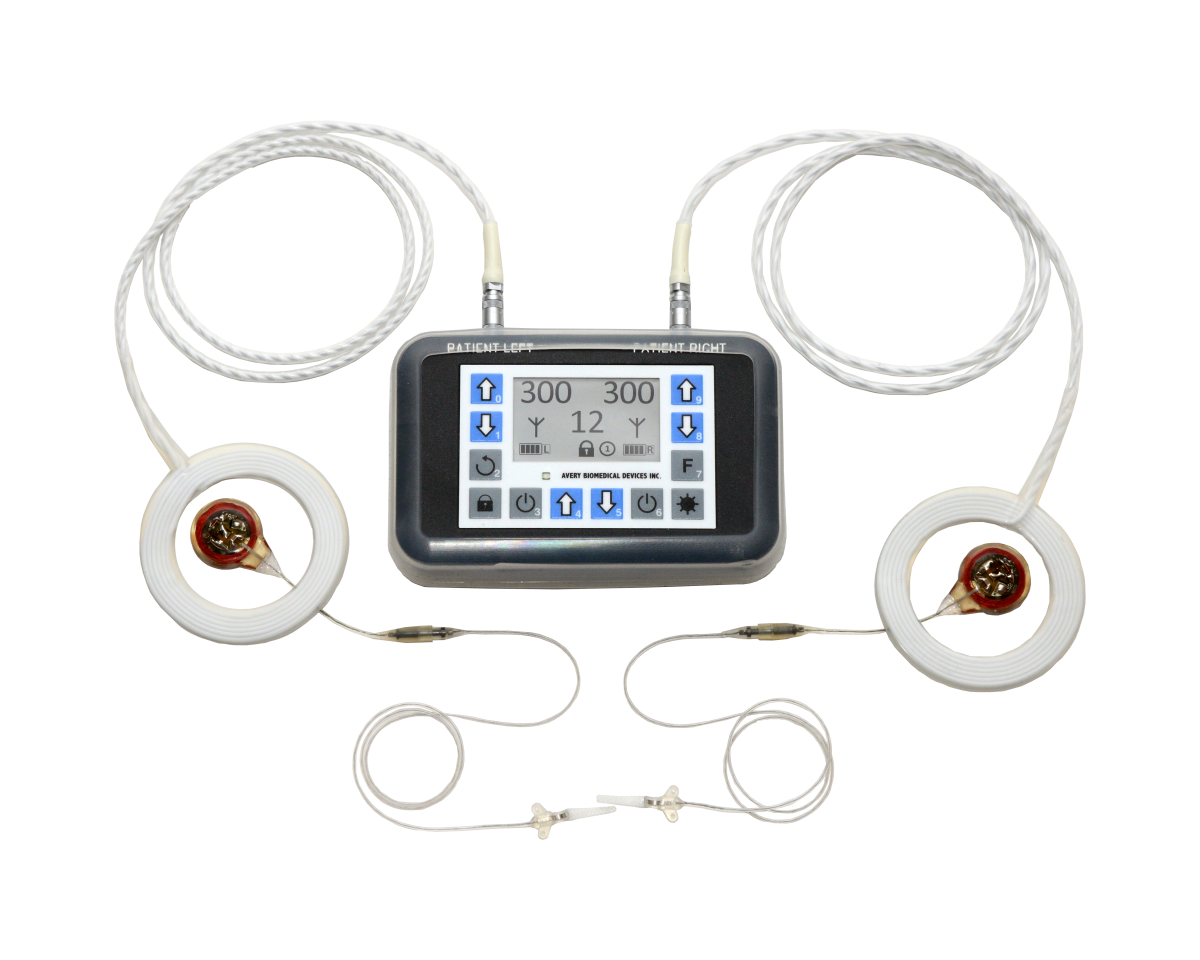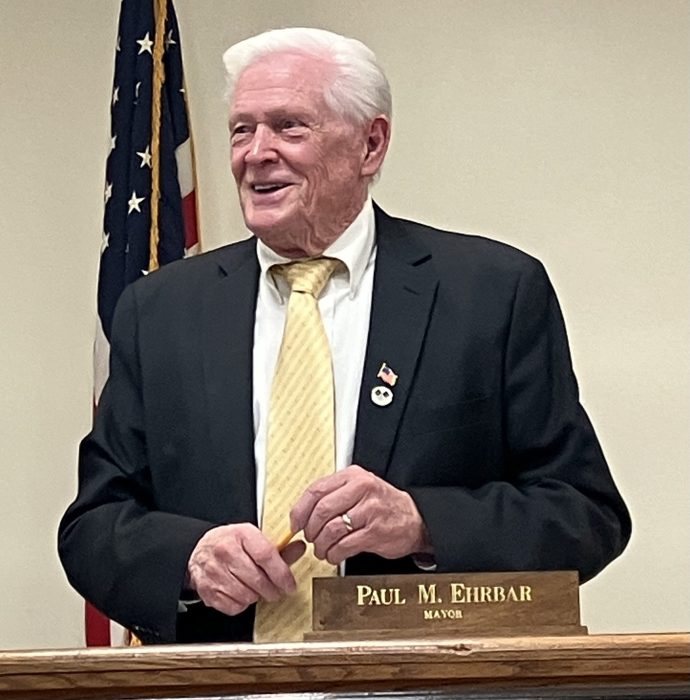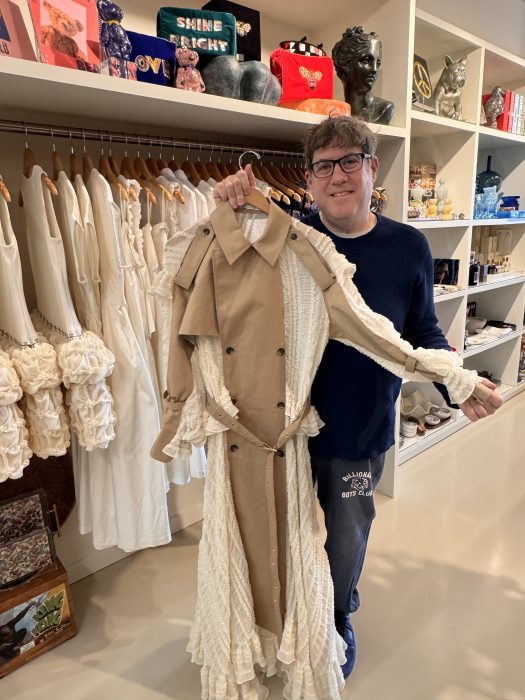Avery Biomedical Devices, a manufacturer in Commack, is changing the lives of people around the world with its industry-leading technology: the diaphragm pacemaker.
The company’s Avery Breathing Pacemaker allows those who require assistance breathing due to a medical condition to do things they couldn’t otherwise do, such as hiking and exercising. More than 400 people globally currently use the device, and more than 2,200 patients have used it since it came to market in 1971.
“It is abundantly rewarding and heartwarming to receive phone calls, cards, notes, and emails of appreciation,” says Chief Executive Officer Linda Towler. “We are not just a manufacturer; we provide 24/7 customer support. Our reward is making a difference in the lives of the people who benefit from our system.”
Only two other companies make diaphragm pacemakers – one in Ohio and one in Finland. Avery Biomedical was the first to commercially sell them, and its product is the only diaphragm pacemaker with U.S. Food and Drug Administration (FDA) premarket approval and CE marking privileges to sell in Europe for both adult and pediatric use.
It all started in 1970 when Dr. William Glenn partnered with Roger Avery, who owned a pain stimulator manufacturer called Avery Laboratories, to create a practical application of phrenic nerve pacing (the phrenic nerve provides the primary motor supply to the diaphragm). They sold the first commercial diaphragm pacer in 1971. When the FDA began regulating medical devices in 1986, it was the first company to receive premarket approval.
Scientific studies that are available on Avery Biomedical’s website show that diaphragm pacemaking provides better results than mechanical ventilation pacing, including improved quality of life and quality of speech, reduction in upper respiratory infections, and reduction in mortality.
“After four years of dragging around a large ventilator, the idea of a machine small enough to fit into a purse being able to ventilate me sounded unreal,” one patient wrote in a testimonial. “Going from having a luggage cart with my ventilator on top to only carrying a small purse with my pacemaker was an incredible and transformative change.”
Those who use the pacemakers are diagnosed with several different conditions, most commonly a spinal cord injury, congenital central hypoventilation (CCHS), or acquired hypoventilation. Some also have sleep apnea.
For more business coverage visit longislandpress.com/category/business
Sign up for Long Island Press’ email newsletters here. Sign up for home delivery of Long Island Press here. Sign up for discounts by becoming a Long Island Press community partner here.

































